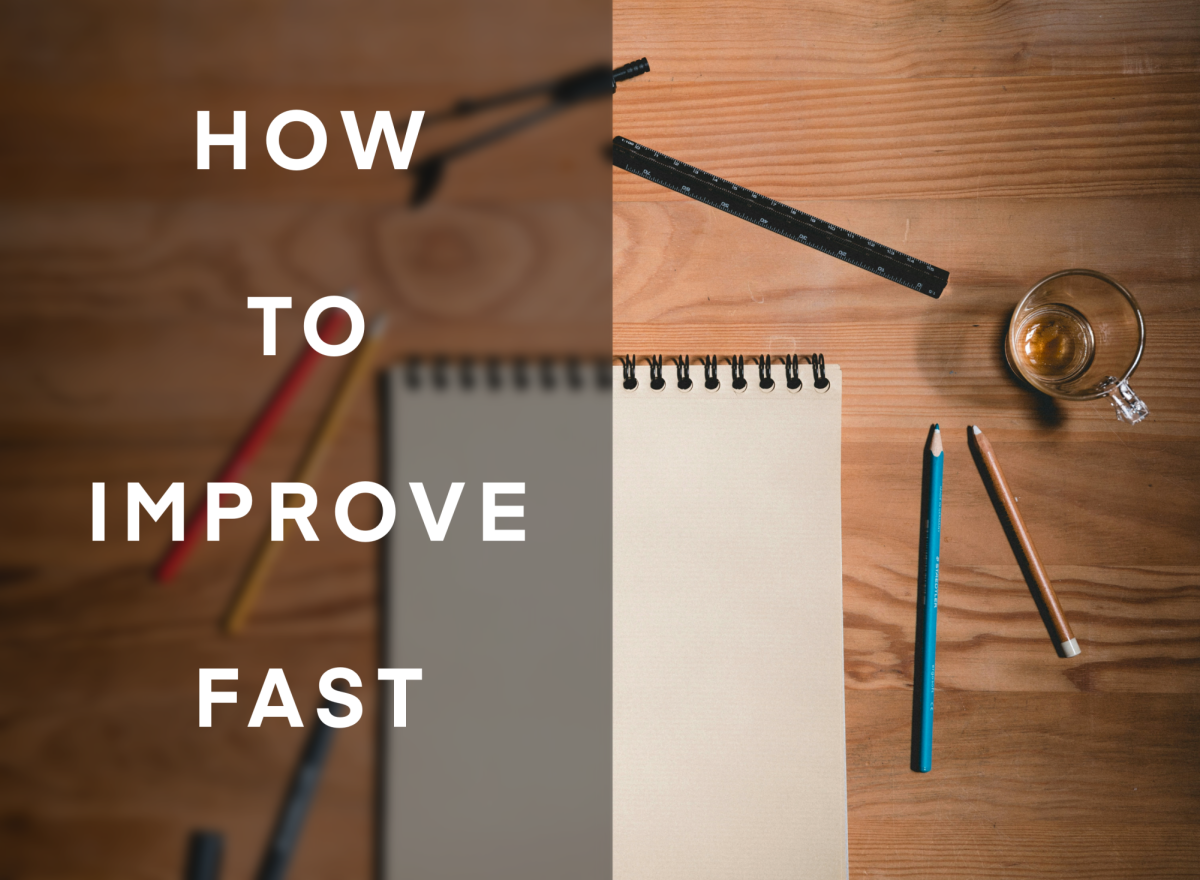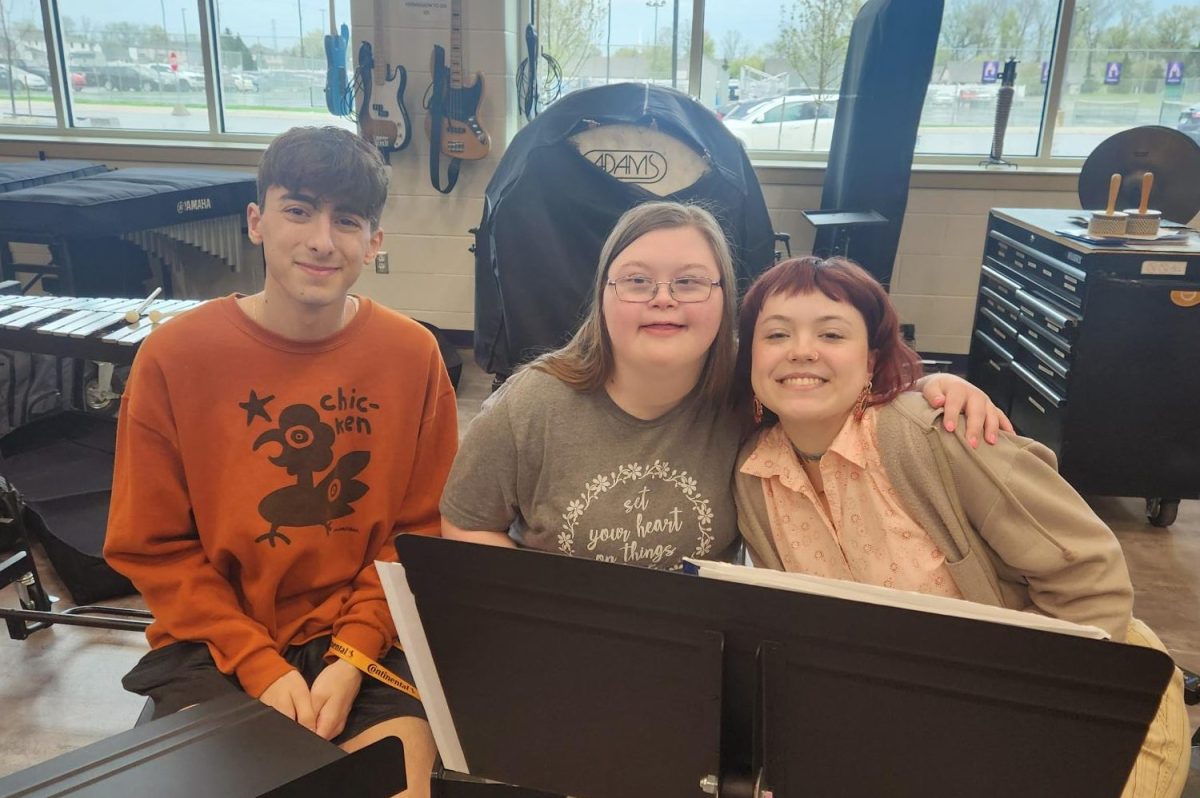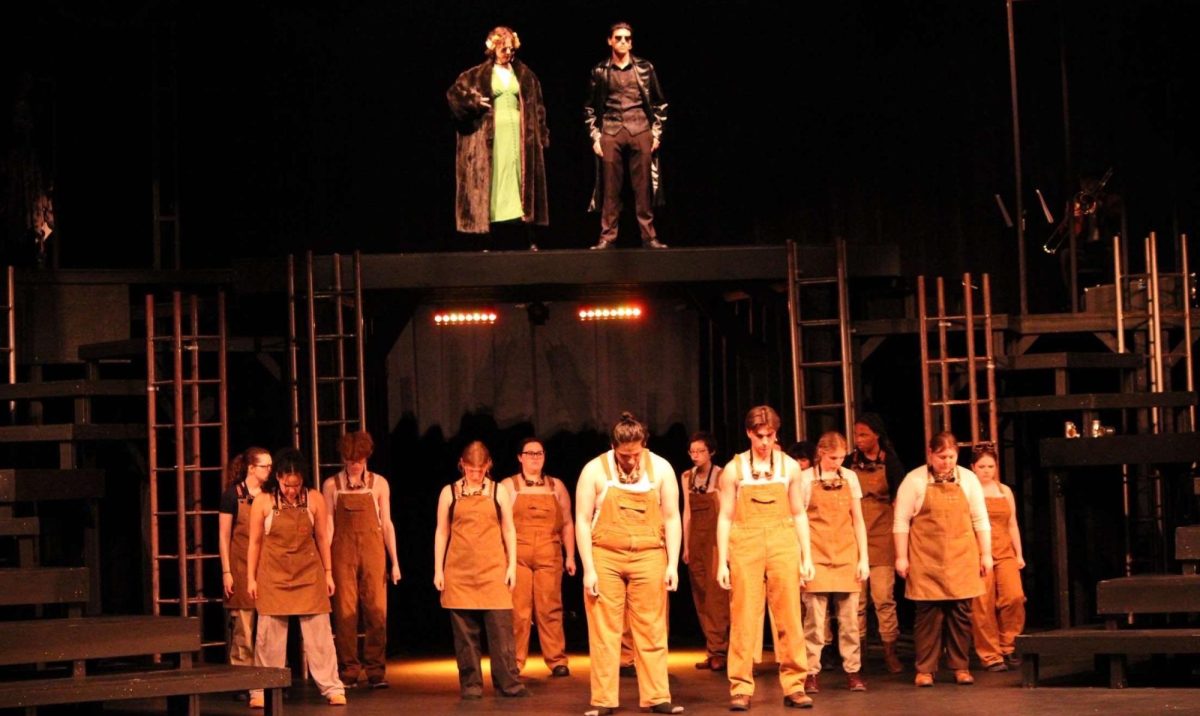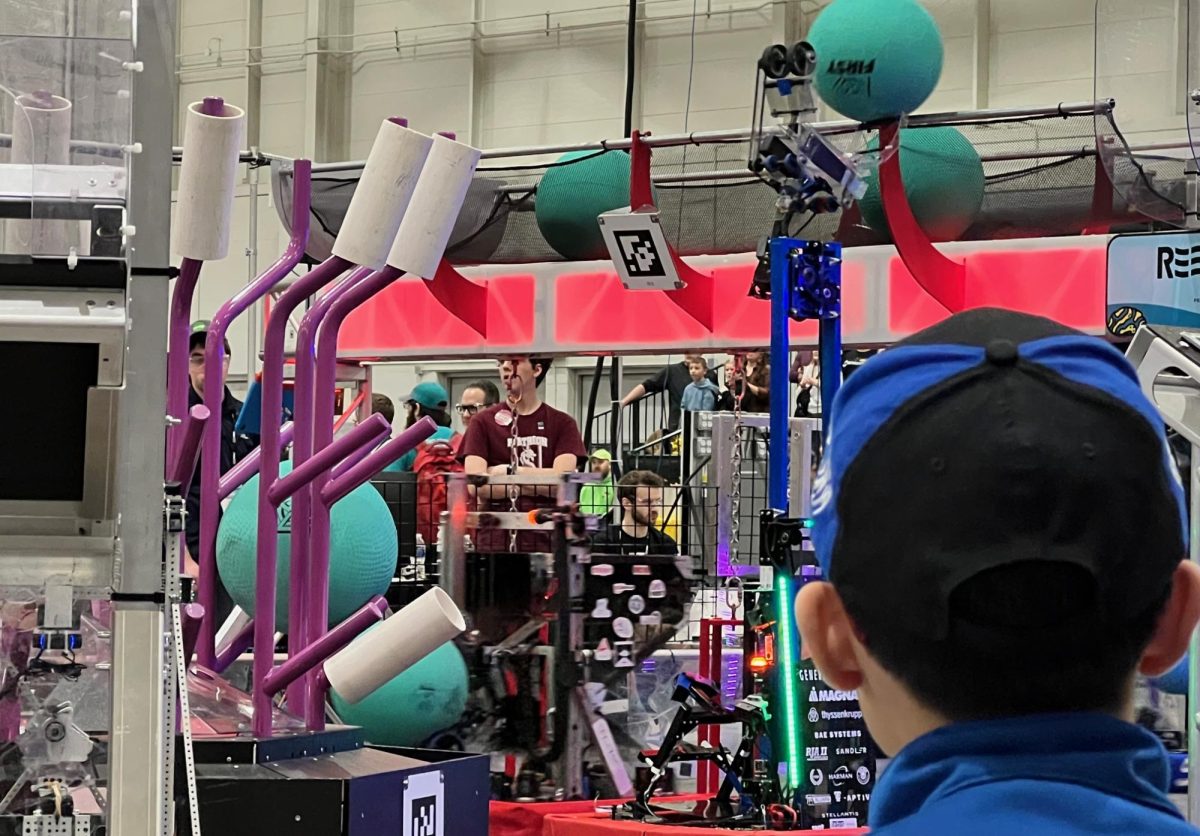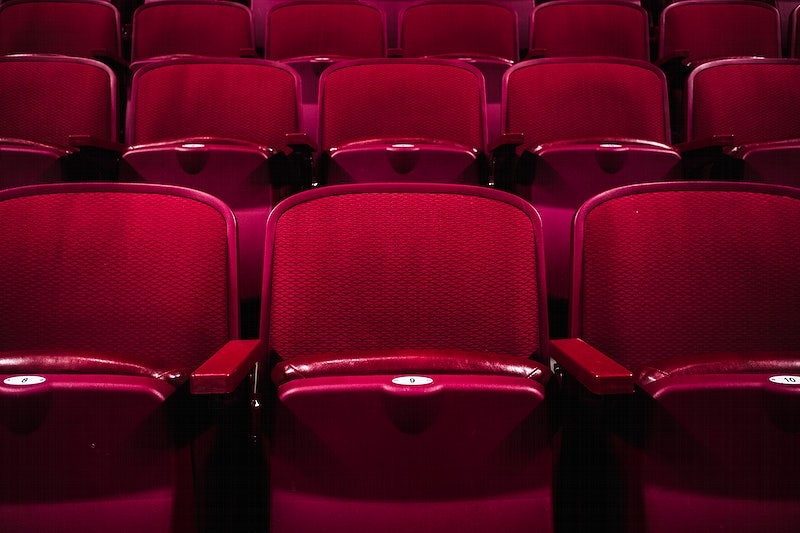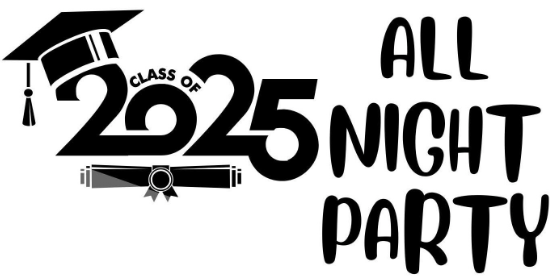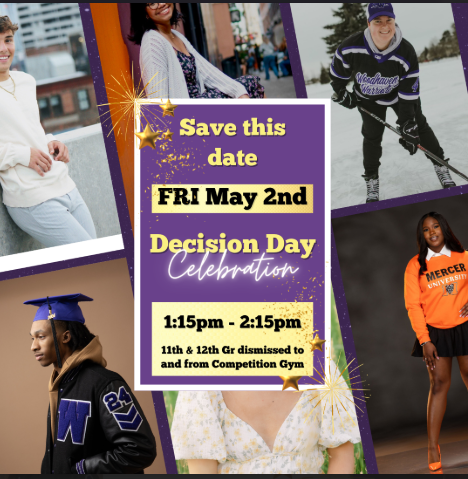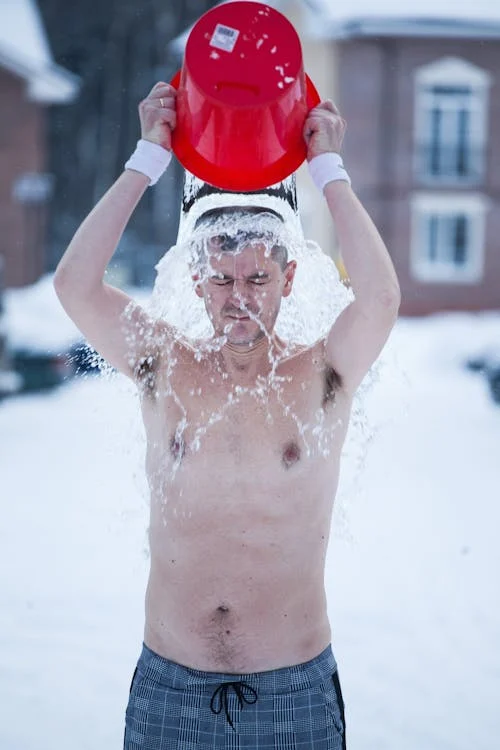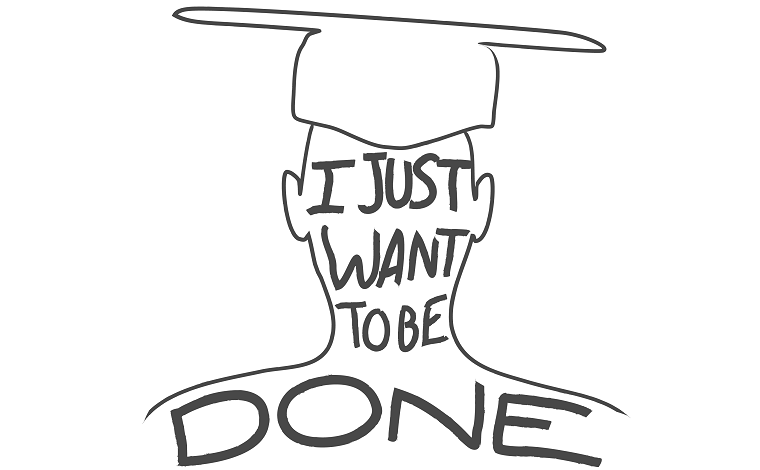Just like there are study strategies that are more effective in getting a good test score, there are drawing practices that are more effective than others in helping to improve one’s drawings. However, even with the best art advice, it will take time to start seeing results. Most of the time improvement goes unnoticed, but if you stay consistent, you’ll realize how much you’ve gotten better when you look back to older drawings. With that in mind, here is the best advice (not ranked) from artists and productivity expert, Ali Abdaal, that can assist to improve your craft quicker.
Using references
Artists of all skill levels can use references to drastically revamp their drawings. Many artists struggle to draw from memory because they don’t have enough information on the subject. For us to draw from memory, we first have to be fed the data. Anime artist, Mogoon, is a popular freelancer with over 1 million followers on Twitter. He explains in his Coloso course how we need to fill our visual library to draw things properly. In Tppo’s, Mogoon (モ誰) Artist Study video, he restated Mogoon’s advice,
“…you can’t draw what you haven’t seen. You can’t draw light interacting with back muscles If you’ve never been fed the data…”
Testing yourself with active recall
Drawing from references is great, but you don’t get the full benefit unless you put what you just studied to the test. A good way to test yourself is to draw the same thing without looking at the reference, then take notes on what you missed and repeat. It is the same concept as taking calculus notes with the teacher, you are more likely to retain the information if you were to solve the math problems yourself.
Ali Abdaal is a doctor who graduated from Cambridge and is one of the most followed productivity experts making videos on health and productivity. His advice can be applied to learning anything including enriching our drawing skills. Ali Abdaal explained in his video, How to Learn Anything Faster,
“…the idea behind active recall or retrieval practice is that we don’t learn by trying to put stuff into our brains, we learn counter-intuitively by trying to take stuff out of our brains.”
Study weak areas
It may sound counterintuitive, but no matter how well you draw something, for example, hair, if the face looks off, the whole drawing will too.
“…the question I would keep on asking myself every day when I was sitting down to study was, if the exam were tomorrow, what topic would I be the least happy, or the most pissed off about?” Aldaal said.
This same mindset can be applied to our drawings. Ask yourself, “What do you hate to draw?” or, “What could be better?” and focus on that area. It’s tempting to draw what you are already good at and it is a great way to warm up, or when you have artist’s block, but for learning purposes, this isn’t efficient.
To be frank, if you’re a beginner artist you most likely don’t have strengths anywhere so what should be the focus? If you want to draw people, it’s wise to start by learning the basics of human anatomy and then expand to clothes or the face. Starting certain concepts first before others can be more efficient, such as anatomy before clothing. Clothes will droop and pinch the body which creates wrinkles, but you can’t draw these wrinkles properly on a character when you don’t know the 3D shape of the body underneath. Think about what you want to be able to draw and then think about what are the most important puzzle pieces to make that image. For example, I want to draw anime. If I learn how to draw the head, face, and hair, I can draw an anime pop.
Focus on one area at a time
To effectively retain information, it is best to study one area of focus at a time. For example, if I want to learn how to draw different hairstyles, I would primarily focus on only that in my sketchbook. This does not mean that the page only includes drawings of hair (although you could), it just means that I am devoting my drawing session to hair. This advice can be taken from Oridays, an anime-style artist who worked in Hololive. In his The Fastest Way to Improve Your Art in 1 Hour video he advises,
“Remember, it’s always better to learn one thing well, than try to learn many things at the same time and remember none of them.”
Do not multitask
This applies to learning in general and you’ve probably already heard of this, but it’s a good reminder. When multitasking, we are less focused on the task at hand, making learning the material trickier than if we were only concentrating on one thing. According to the Lifespan Web,
“Multitasking makes us more distractible and prone to errors. For example, individuals rated as high media multitaskers (number of hours using multiple devices simultaneously, such as watching TV while also using a smartphone or tablet) showed poorer attention on cognitive tasks.”
Of course, this does not apply to watching a tutorial and drawing along or how else would you follow the tutorial? Although some enjoy working alongside music, this advice does pertain to music as a distraction, especially ones that are loud and or contain lyrics. Some drawing sessions take a long time such as doing line art which usually takes an hour or slightly more for me. When lining your drawings, you are just going over the sketch, plus there is not much “thinking” to be involved compared to lighting where you need to think about the placement of shadows based on the light hitting the character.
Use references, test myself, focus on one section, focus on areas where I’m weak, and don’t multitask, but where should I look for references? If you have not downloaded Pinterest, now is the time. Pinterest is one of the best places to get your references for art studies. One final note, it is also standard practice to credit the source for your creation if used. At the end of the day be consistent, patient, and most importantly, have fun.
